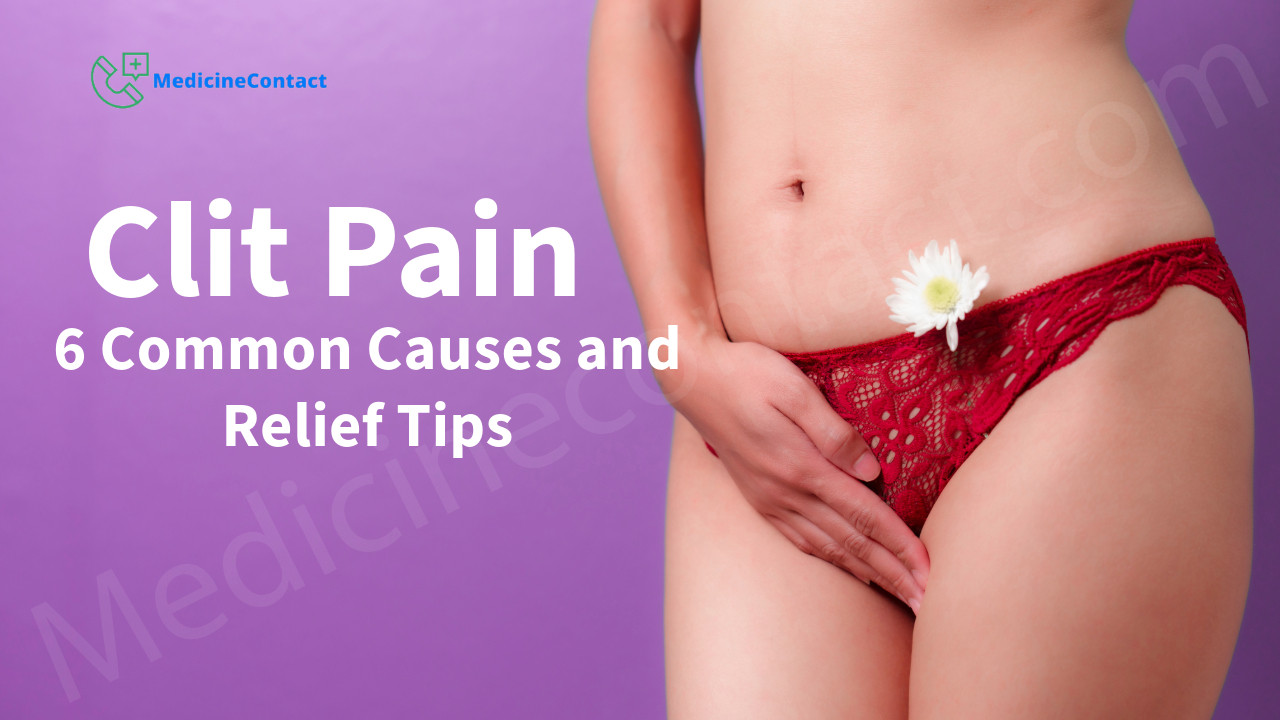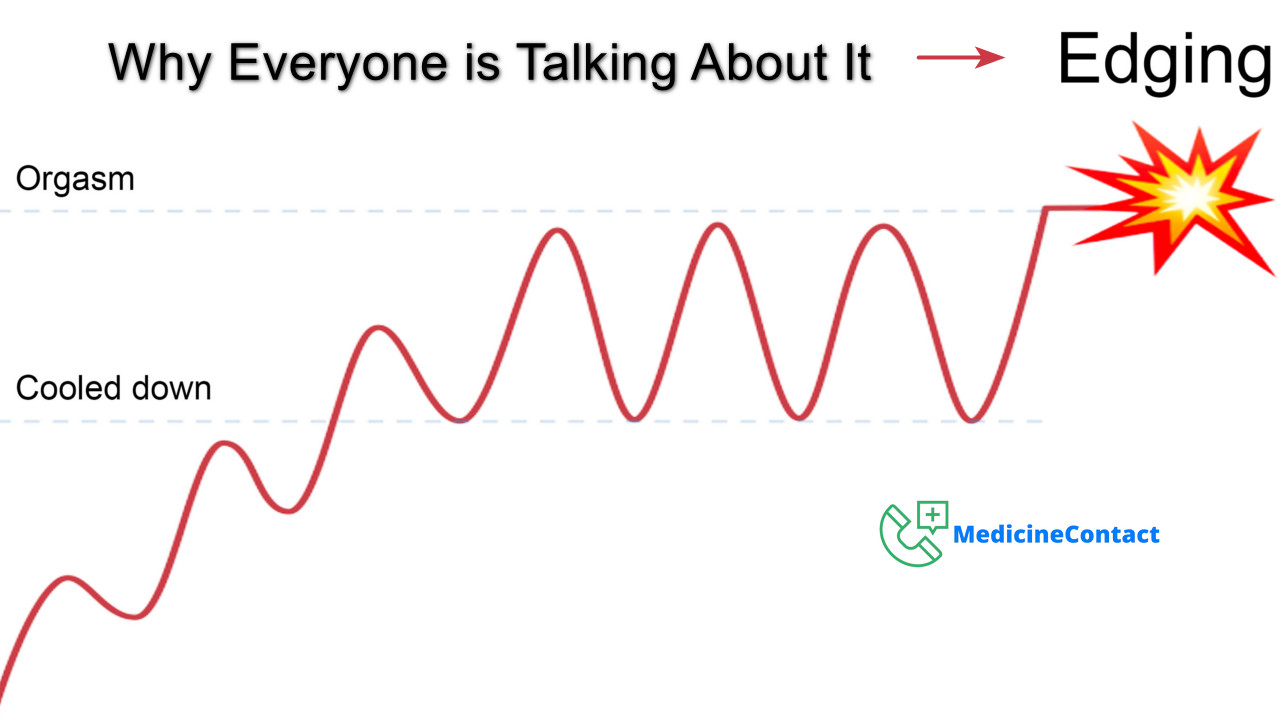Discontinuing Norethindrone Birth Control
Norethindrone is a commonly prescribed progestin-only birth control pill taken to prevent pregnancy. It goes by brand names such as Camila, Jolivette, and Nora-BE. Like other hormonal contraceptives, you may decide to stop taking norethindrone for a variety of reasons.
But what exactly happens when you stop taking this medication? Let’s discuss the norethindrone withdrawal process, timeline of effects, fertility impacts, alternative options, and tips for a smooth transition when you decide to quit the pill.
Why Stop Taking Norethindrone
There are a few common reasons someone may choose to stop taking their norethindrone birth control pills:
- Desire to get pregnant
- Troublesome medication side effects
- Switching to a different birth control method
- Risk factors make estrogen-containing contraceptives dangerous
Discuss your reasons for quitting with your healthcare provider. They can guide you through safely transitioning off this medication.
Norethindrone Withdrawal Timeline
The effects from what happens when you stop taking norethindrone depend partially on how long you’ve been on the pill. But most women begin ovulating again 1-3 months after their last dose. Let’s break down the general norethindrone withdrawal timeline:
First 1-3 Months
- Withdrawal bleeding occurs
- Temporary amenorrhea (no menstrual period) common
- Fertility returns as ovulation resumes
- Estrogen levels increase
- Skin/hair changes like acne, oily skin, hair loss
1-3 Months Later
- Menstrual cycles regulate
- Estrogen and progesterone reach equilibrium
- Fertility window stabilizes
- Post-pill side effects resolve
Every woman responds uniquely when they stop norethindrone based on dosage, length taking it, and personal health factors. Stay in touch with your doctor while your body regulates after quitting the pill.
Withdrawal Bleeding Causes
One of the most common effects reported when initially what happens when you stop taking norethindrone is 'withdrawal bleeding.' What causes this post-pill bleeding?
While taking daily norethindrone tablets, the synthetic hormones prevent the lining of your uterus (endometrium) from thickening. This stops ovulation and menstruation.
About 2-4 days after discontinuing the medication, hormone levels drop allowing your uterine lining to shed. The resulting withdrawal bleed resembles a light period.
For most women coming off the pill, this bleeding lasts around 3-5 days. It signals your body restarting its normal reproductive hormonal cycles again.
Return of Fertility
A major concern when what happens when you stop taking norethindrone regards fertility returning. How soon after quitting can you get pregnant?
It’s possible to ovulate as early as the first 30 days after your last norethindrone pill. However, it takes the average woman 72 days for ovulation to fully normalize again.
Don’t rely on withdrawal bleeding as proof you aren’t fertile yet. You can release an egg before getting your first real post-pill period. Use backup contraception if trying to avoid pregnancy.
Side Effects After Stopping
Some women report experiencing side effects when they halt norethindrone. What kind of post-pill symptoms might you encounter?
Skin and Hair Changes
Spikes in estrogen when what happens when you stop taking norethindrone can trigger excess oil production in hair follicles and sebaceous glands. Notable skin and hair changes include:
- Acne breakouts
- Oily skin or scalp
- Temporary hair loss (more hairs shed shorter growth phase)
Menstrual Irregularities
It takes a few cycles for ovulation and menses to regulate after quitting norethindrone. Some common menstrual problems in the first months off the pill are:
- Absent, heavy, frequent, or irregular periods
- PMS symptoms like cramps, bloating, headaches
- Spotting between periods
See your OB-GYN if menstrual abnormalities persist beyond three months post-pill.
Mood Changes
Hormone fluctuations while the body recalibrates can impact mood for some women when they halt norethindrone birth control. Potential symptoms include:
- Depression, anxiety
- Food cravings
- Fatigue
- Trouble sleeping
Notify your doctor about persistent low moods, anxiety, or severe lethargy interfering with normal activities after stopping the pill.
Alternatives to Norethindrone
If you experience intolerable side effects or want more contraceptive options besides the pill, discuss alternatives with your healthcare provider. Some options besides what happens when you stop taking norethindrone are:
Combination Birth Control Pills
If eligible, switching to a combination pill containing estrogen and progestin can help stabilize hormones after quitting progestin-only norethindrone.
Progestin IUD
A progestin intrauterine device (IUD) like Mirena provides localized hormone delivery directly to your uterus, avoiding systemic effects.
Contraceptive Implant
Nexplanon and other subdermal implants slowly release progestin under the skin. This controls fertility while skipping daily medication.
Permanent Sterilization
Those certain they never want biological children can inquire about tubal litigation or vasectomies. These provide permanent, maintenance-free birth control.
Review your full contraceptive options to determine the best choice after discontinuing norethindrone pills.
Tips for Stopping Norethindrone
Here are some tips to help smoothly transition off norethindrone birth control pills:- Ask your doctor guidance for timing quitting pills
- Use backup contraception if you want to prevent pregnancy
- Take 400–800 mcg folic acid supplement daily
- Continue healthy lifestyle habits like nutritious diet, exercise
- Journal post-pill symptoms to share with your provider
- Make appointments to monitor progress
Staying in touch with your healthcare providers ensures safe and optimal health when what happens when you stop taking norethindrone.
The Takeaway
Adjusting to life after norethindrone causes hormone fluctuations that can temporarily impact menstruation, skin, hair, moods, and fertility. But within 1-3 months, these typically resolve as the body regulates back to its pre-pill state.
Discuss your reasons for quitting with your OB-GYN. They can guide you through safely stopping norethindrone based on your situation. Learning what to expect and getting pre/post-discontinuation care helps smooth the transition process.
FAQs
How long after stopping norethindrone can you get pregnant?
It's possible to ovulate again within 1-3 months of quitting norethindrone. So you may be able to get pregnant within the first month off the pill. Use other contraceptives if trying to avoid pregnancy.
What causes withdrawal bleeding when stopping norethindrone?
About 2-4 days after the last pill, hormones drop allowing the uterine lining to shed. This withdrawal bleed signals the body restarting its normal reproductive cycle.
What side effects happen from norethindrone withdrawal?
Common side effects when transitioning off norethindrone include acne breakouts, hair loss, absent/irregular periods, mood swings, cravings, and fatigue. Symptoms typically resolve within 1-3 months.
How can I safely stop taking norethindrone pills?
Tips for smoothly discontinuing norethindrone include: ask your doctor to guide timing, use backup birth control, take folic acid supplements, maintain healthy lifestyle habits, track/report symptoms to your provider.
Disclaimer: This article is for informational purposes only and does not constitute medical advice. Always consult with a healthcare professional before starting any new treatment regimen.




